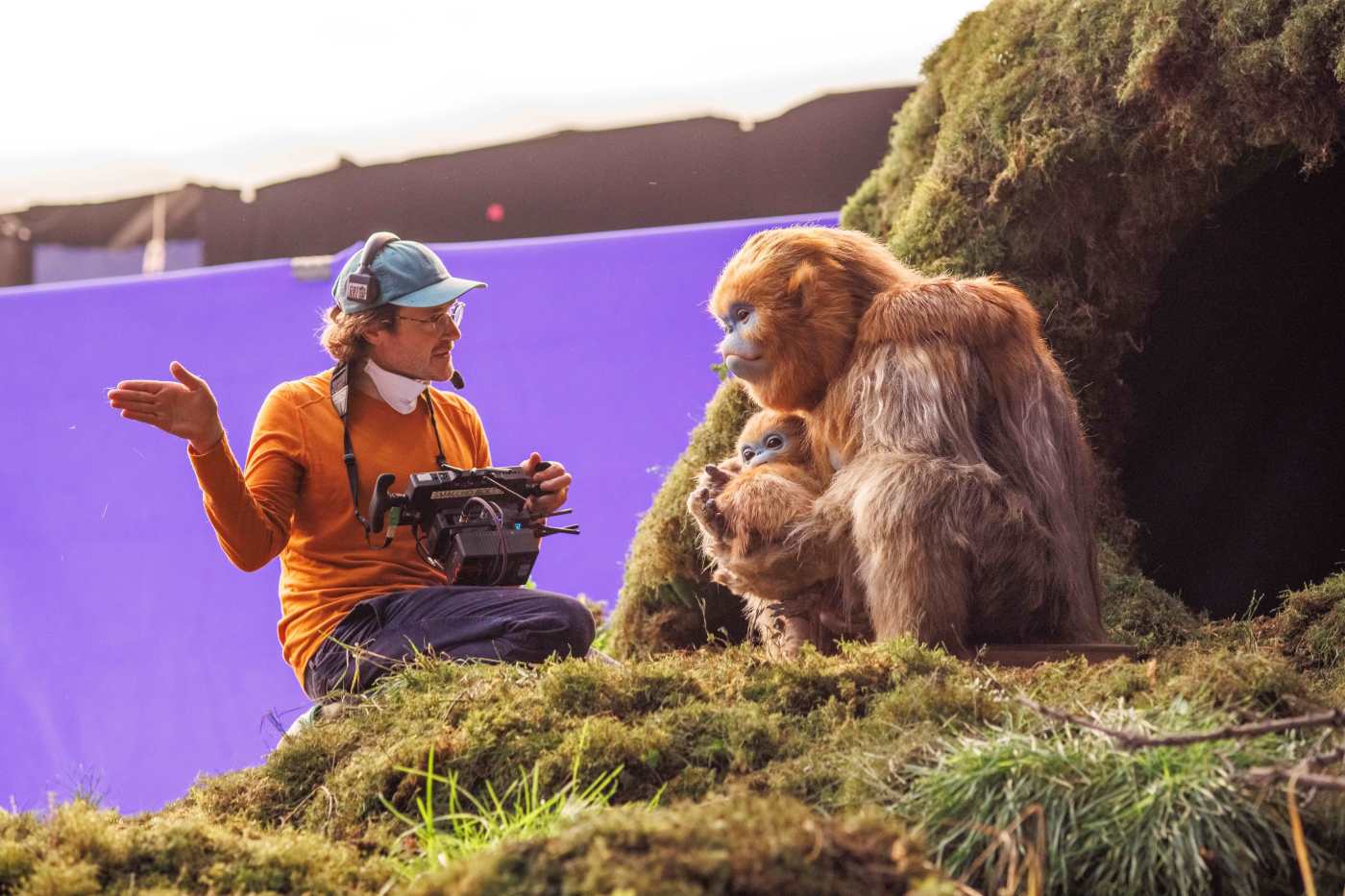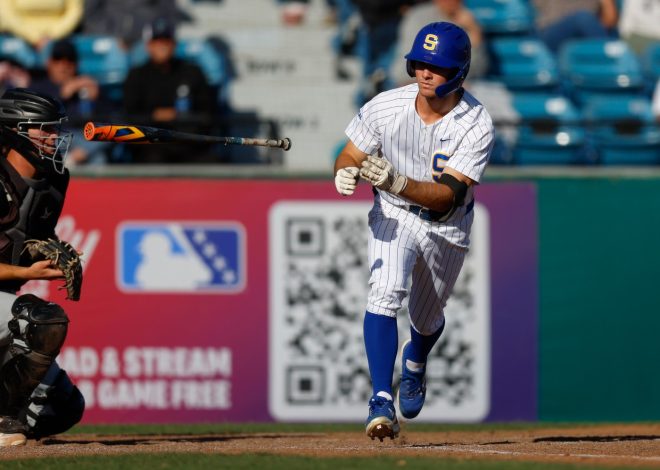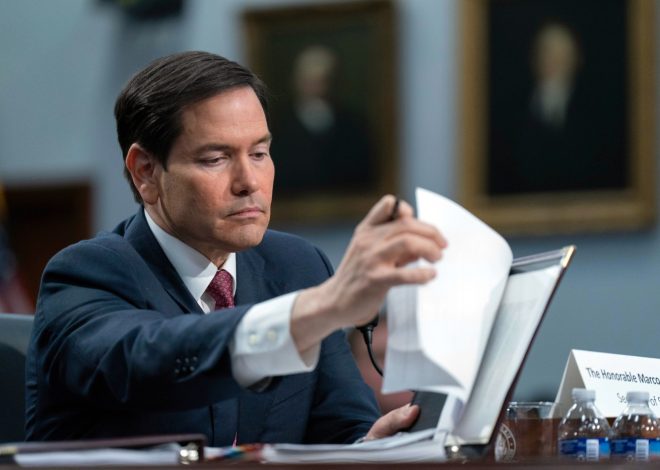
‘Legend of Ochi’ director overcame a little bit of everything
One of the most memorable scenes in “The Legend of Ochi” finds estranged mom Dasha (Emily Watson), who just so happens to have a wooden hand and lives way up near the sky, opening the door of her car and thereby allowing audiences an eyeful of who she really is.
Hers is no ordinary vehicle, a banged-up old truck with a towering haystack in its bed and a dead bird on its dashboard, along with sundry items strewn about inside.
Related Articles
‘Change is inevitable’: Berkeley OKs demolition of historic theater
What to watch: ‘Andor’ remains one of the best Star Wars spinoffs
‘This is irreplaceable’: Locals fight to save historic East Bay theater from demolition
Can tax credits save California’s film and TV industry? Here’s what legislators have proposed
New documentary looks at Highland Hospital trauma center from a unique perspective
All those precise details show rather than tell about Dasha and that’s what director and Aptos native Isaiah Saxon intended to do throughout his lightly dialogued feature debut, a lump-in-your-throat tale about a young farm girl named Yuri (Helena Zengel) on the island of Carpathia befriending a cute but wild baby creature called an ochi. Yuri’s been told to hate and fear the ochis by her righteous, bellowing dad (Willem Dafoe). She instead finds an enduring connection.
“The Legend of Ochi” opens April 25 in Bay Area theaters.
The visual cues in the film — including sweeping shots of the unspoiled Carpathian Mountains in Transylvania and a poster adorning Yuri’s bedroom — often carry more weight than the words that get spoken.
“Some people are more word-based and this movie might not even work for them,” Saxon acknowledges prior to a screening of the film in San Rafael. “I’ve actually gotten a lot of criticism that there’s no story and I’m like I think you whiffed it because it’s being told through the environment and through subtle cues and characters thinking about things and not saying them, making choices in which you might have to infer the meaning based on not enough information. But I’m giving you just enough.”
For much of his career, the former manager of the now-shuttered San Francisco North Beach video store Film Yard Video has been moving along on a career path to “basically double down on my visual skills of illustration and sculpture and prosthetics” on “more nonverbal films and music videos.” Saxon honed his craft while attending San Francisco’s Academy of Art University and went on to make music videos for musical acts Grizzly Bear and Björk. He helped co-found the production company Encyclopedia Pictura (his animated short “Earth Crisis” is available for free on the website and taps into his passion for music and nature) and he also was instrumental in the creation of a communal living space known as Trout Gulch, which started in 2008, and was nestled in the majestic Santa Cruz redwoods.
All helped shape his creative vision.
“I come from the Santa Cruz mountains in the redwood forest,” he said. “I grew up around hippies that said there was a North American great ape looming in the woods and I might see one if I was alert to it and went far enough away from civilization. So it was always this mysterious place where a sense of magic could be found. I’m sure that sort of imprinted on all the art I make. It all has a theme of basically the mystery of nature.”
While nature does play a significant role in “The Legend of Ochi,” the idea that sparked the story sprung from Saxon’s desire to center it on “a kid trying to connect with an animal and what that relationship might provide for a person if you were able to really communicate with an animal, and how it might change you.”
The next choice after that was where to shoot it.
“I knew it needed to be in a mysterious wilderness,” he said. “And that led me to researching the Carpathian Mountains, which stretches through western Ukraine and Romania. When you’re gonna set something in a mysterious wilderness you know you don’t want to do that in the Rockies, the Sierra Nevada or even the Alps…The Carpathian Mountains are a time machine to another world.”
To respect that region and illustrate that his is a more fanciful depic½tion of it, he created Carpathian Island.
Then came the hard part, shooting the $10 million production, which included puppeteers, people in ape suits and more. Practical effects played a big part while CG, mostly applied in the film’s third act, got used as well.
“The shoot was like the most challenging experience of my life and most of the lives of the people involved with it,” he said. “It was so brutal. We had little people in suits with heavy animatronic heads that they couldn’t see out of in the middle of a Transylvanian wilderness shooting overnight with child actors and animals and Willem Dafoe and a Romanian crew. It was all the hard things at once.”
What helped was the advance prep work that Saxon got to do since his pitch kept getting passed over by studio after studio.
“I couldn’t get a green light,” he recalls. “I just kept trying to get a green light. I kept rewriting it. I kept making more and more concept art every time I got development money from various companies. I would pour it into doing creature prototype tests.”
Those hard passes gave him time to scout out locations in Romania. After 3½ years, he had a surefire video that was representative of his vision. So when he got the green light, he immediately shot the video to Watson, Dafoe, Finn Wolfhard and Zengel. They committed to do it within 48 hours, he said.
“If I hadn’t had all that time beforehand, I don’t know what would have happened (on the two month shoot),” he said.
A big inspiration in his life, which you can sense in the film, has been the iconic work of Japanese animator Hayao Miyazaki, whose 1997 fantasy masterpiece “Princess Mononoke” and many others have enchanted audiences.
“I’m aligned more with the moral superiority of children and nature over human adults and I feel like we need to listen to them more,” Saxon said. “(That’s) a big influence from Miyazaki and ‘Princess Mononoke.’ As much as I’m aesthetically influenced by him I think he shaped my philosophy of life as well about avoiding anthropocentric thinking.”
In January of this year, “The Legend of Ochi” received its world premiere at the Sundance Film Festival. (When Saxon was in his early 20s, he submitted his senior-thesis film, a mid-length narrative, to the iconic fest, but it didn’t make the cut.)
His Sundance debut turned into one surreal experience, a time of exhilaration, anxiety and grief.
Just weeks before the film debuted, on Jan 8 he and wife Meara O’Reilly’s home in Altadena burnt down, one of the many casualties of the Eaton Fire in Los Angeles, which killed at least 18 people and destroyed more than 9,000 structures. The same fate befell “Ochi’s” Oscar-winning editor Paul Rogers’ residence, he said. Director of photography Evan Prosofsky’s home nearby remains standing but is uninhabitable, he said.
The night of the fire, the couple packed up and fled to Sebastopol where O’Reilly’s mom lives.
“The flames were right outside the window,” he recalled about that night. “We knew we were going to lose our home.”
The tragedy made his Sundance experience both “wild” and “overwhelming.”
“I was kind of blacked out with anxiety, partly because of (the fire), but also just I’ve been working my whole life to make a movie and the verdict was about to drop on whether people respond to it or not.”
The only silver lining out of what happened, he said, was that A24 moved the release date from one in February to spring.
Saxon’s next screenplay takes a hard left-hand turn from the magical realm of Carpathian Island. It’s set in Las Vegas and plays around with genres, being a crime, romance and dance movie. It’ll also be more dialogue intensive.
“I think I’ve explored nonverbal filmmaking enough for now, and now I really want to explore verbal filmmaking, which is funny because that’s just what people take for granted normally is movies are kind of a stepchild of theater. It’s just a bunch of words, and you do the table read with all your actors and that’s really what the thing is — the words…There’s this word-first culture that I’ve always had a manifesto against.
“And now I’m, you know, dipping into that.”


